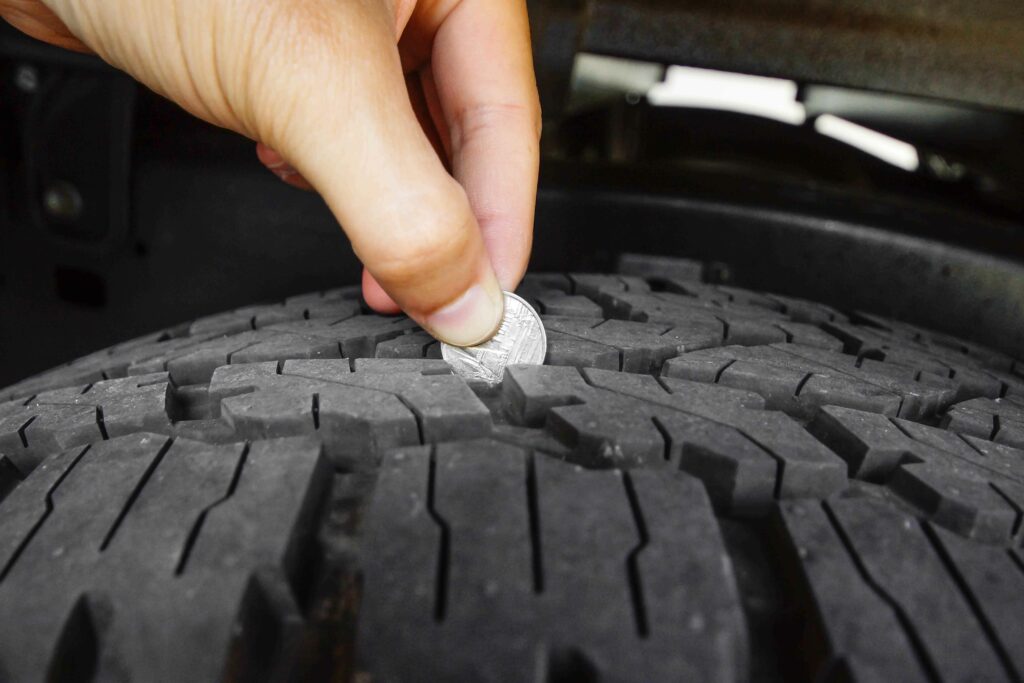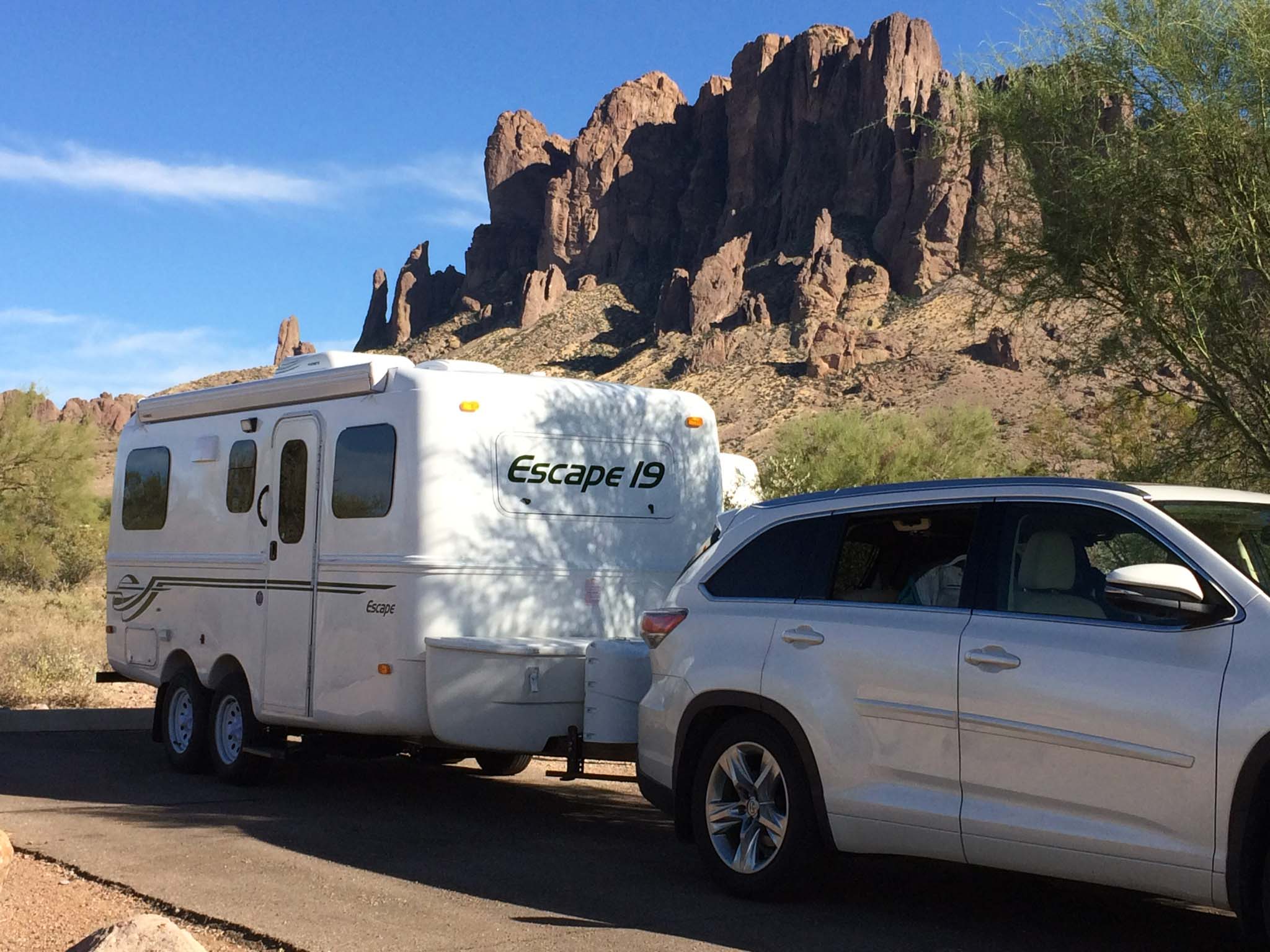5 Tips for Inspecting Your RV Tires and Knowing When To Replace Them
Whether you’ve purchased or plan on owning an RV, it’s important to know how to perform an RV tire inspection. Maintaining the integrity of your tires is vital while on a journey. The last thing anyone wants is an unexpected problem on the road.
There are many ways and tools you can use to check how your RV tires are doing. Knowing how to use them is simple and will assist you in the long run. Here are some helpful tips for you to take into account when you need to perform an inspection:

Check the Tire Pressure
Every Month
Checking for tire pressure is the first step of this process. Try to make a habit of checking the tire pressure of your RV at least once a month. You’ll have to purchase a tire pressure gauge, and you’ll need to know the recommended tire pressure for your RV.
A good time of day to check your tire pressure is the morning of your journey, as the tires will be cooler.
Your RV might already have a TPMS (tire pressure monitoring system) installed. If so, this will save you some time instead of having to do it manually. However, it doesn’t hurt to double-check every month to ensure the TPMS is working properly. This way, you’ll be secure in knowing that your tires are ready for the next big trip.
Check the Tire Tread
After checking the tire pressure, you’ll want to inspect the tread on your tires. To do so, you’ll need a tread depth gauge. Place the tread depth gauge in the grooves or cracks of your tire tread. You’ll find little bumps in the cracks of your tire. These bumps are there for you to locate where your tread depth gauge should be placed to get an accurate reading. If the tread is 2/32 of an inch, then it’s time to change the tires.
If you don’t have a depth gauge, another quick way to measure your tires is with either a Canadian nickel or US penny.
Canadian nickel: Insert the nickel with Queen Elizabeth’s crown facing down. If you can see the top of the Queen’s crown, your tire is below 2/32″ and needs to be replaced.
US penny: Insert the penny with Lincoln’s head pointing down into the tread. If you can see his entire head, it may be time to replace the tire because your tread is no longer deep enough.

Realignment
If you’re driving your RV and you notice that it’s weaving or pulling in a direction you don’t want it to, it’s time for a realignment. An RV will periodically need its axles and wheels realigned, as the vehicle experiences regular wear and tear while on the road.
Many tire shops can assist you by performing a realignment on your vehicle. Just ensure that the RV is unloaded, as it shouldn’t have any extra weight added during this process.
Tire Rotation
While inspecting your tires, you may notice a difference in the tread of the front wheels versus the back. It may be a sign that your wheels need to be rotated, and doing so will ensure that there’s an even amount of wear on each wheel. The reason this is important is that each position of your vehicle requires a different amount of effort from each tire. Sometimes you’ll see that the front wheels have more wear than the back. This would be due to the amount of friction or torque that the front wheels experience while driving, which is why rotating tires is standard.
Most drivers should have their tire rotation approximately every 5,000 miles, which is often done while getting an oil change on your vehicle.
Repair and Replace
Knowing when your tires need a repair or replacement is vital to keeping up the health of your RV. If you find that your tire is constantly losing air, it could be due to a puncture and should be removed and inspected thoroughly. Any damage to a tire should be checked right away.
The age of your tires is also a critical factor. Many tire manufacturers give a life expectancy of seven to ten years for tires. If yours are on the way out, it’s crucial to get new tires as soon as possible.
If you’re getting the RV ready for a long journey, make sure you’re up to date with your tire needs. Always be aware of the load you’re carrying on your RV and that it matches the appropriate index and weight rating on tires. Too much weight can lead to deflation in your tire pressure or increase the deterioration of any damages. Stay safe, and have a great trip!
To receive our newsletter by e-mail, please click the “Subscribe” button in the footer below.












